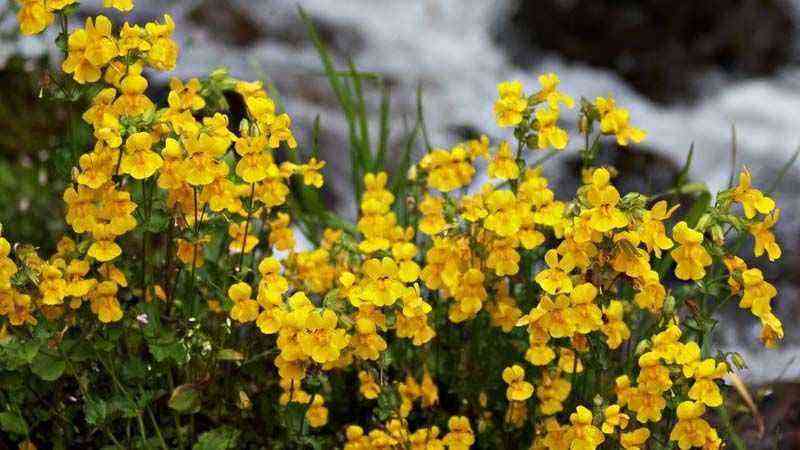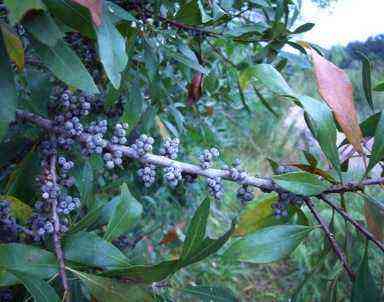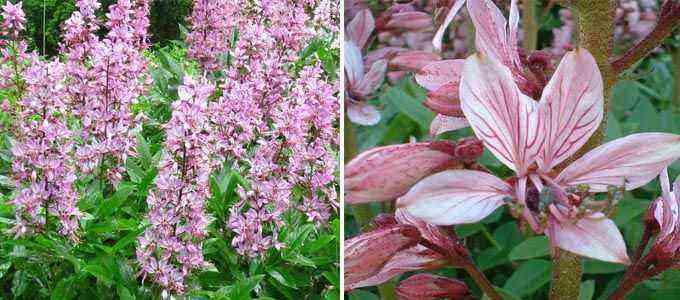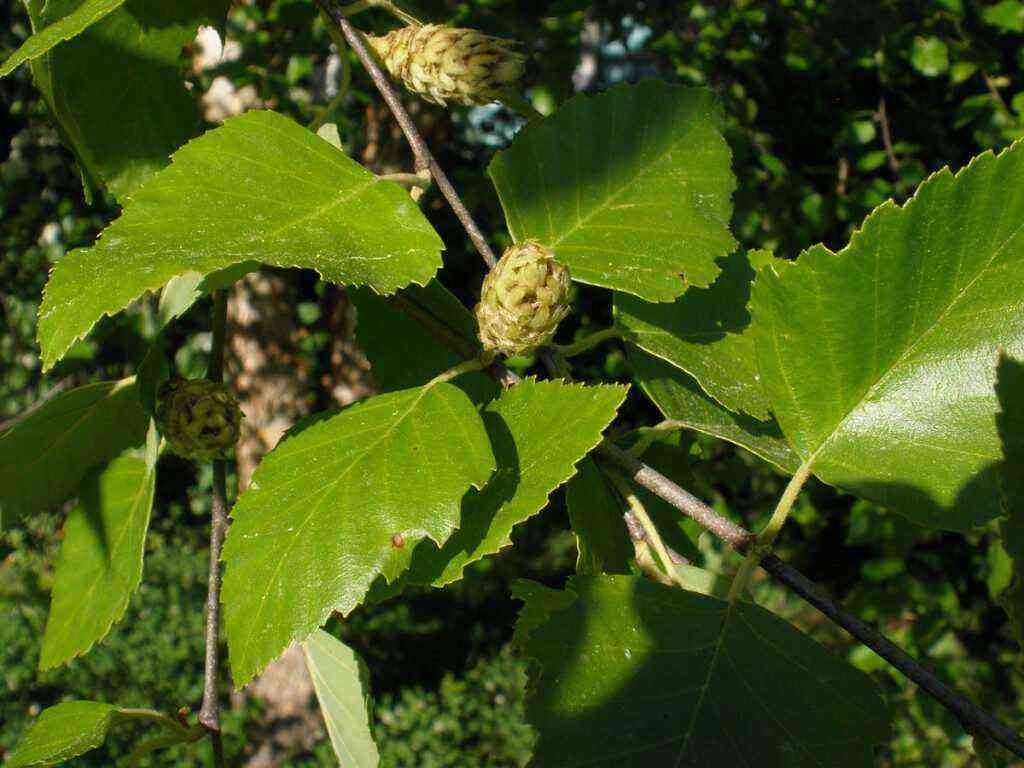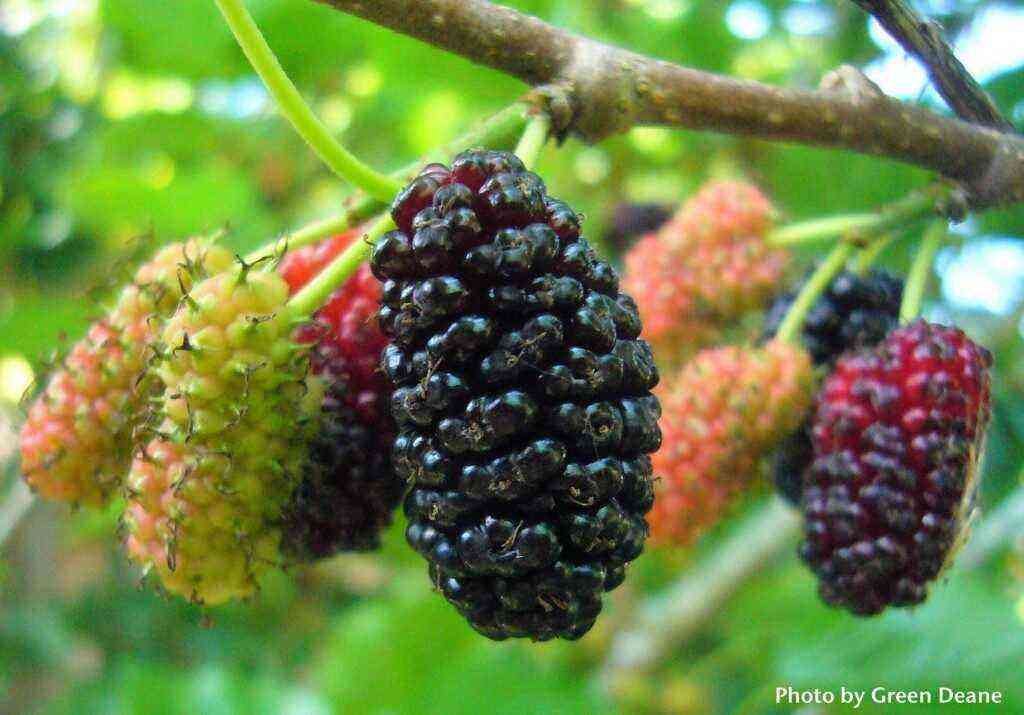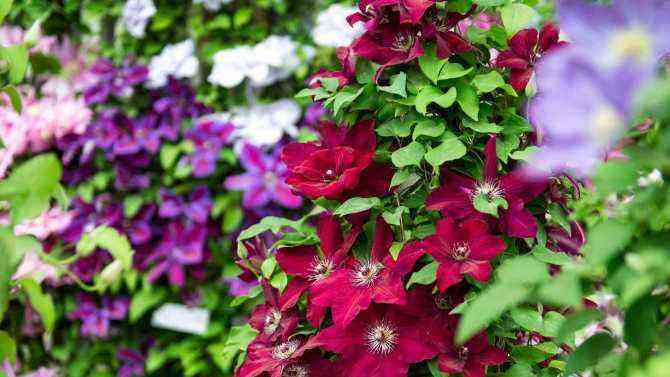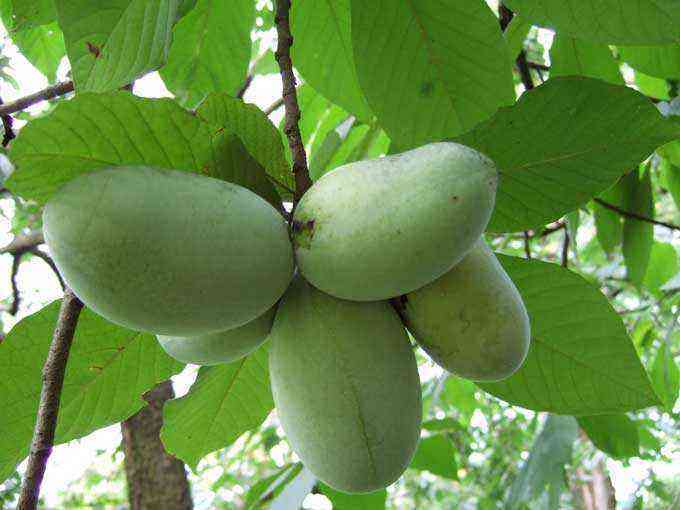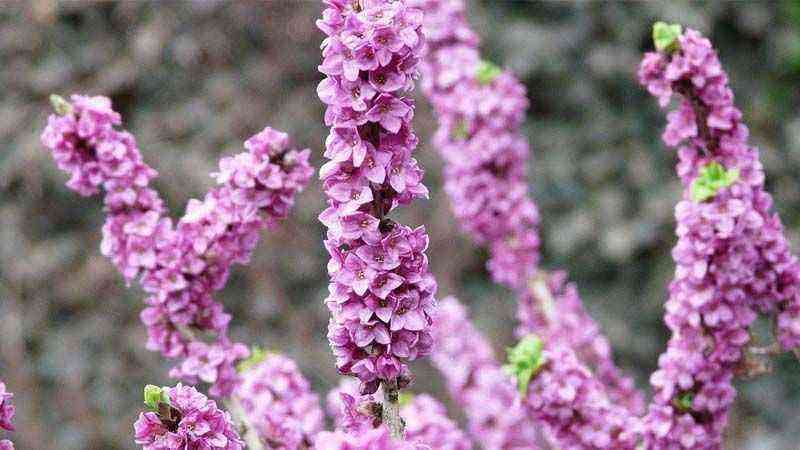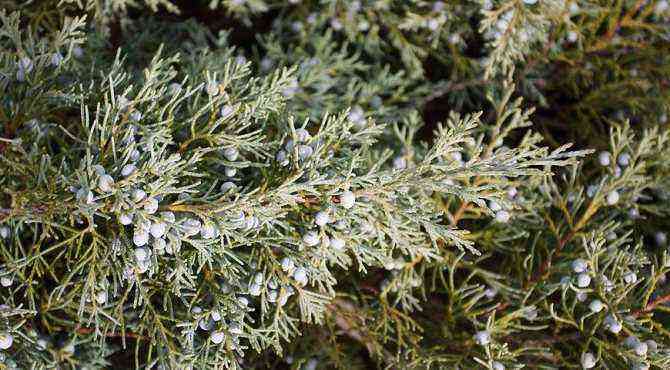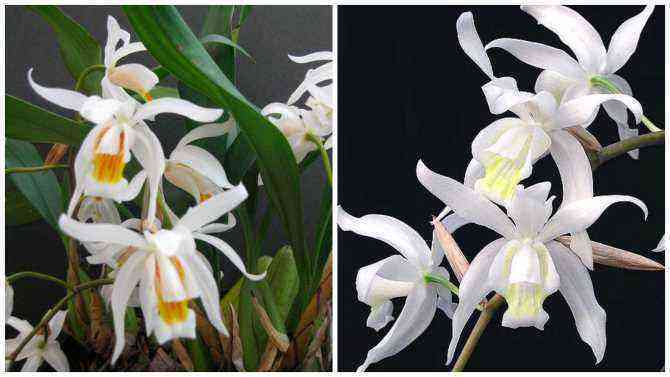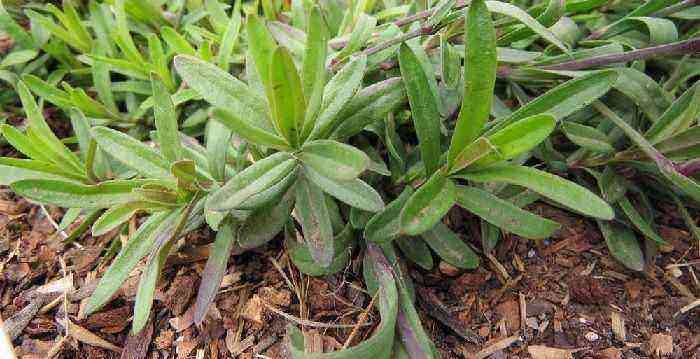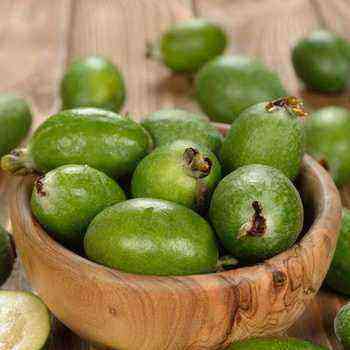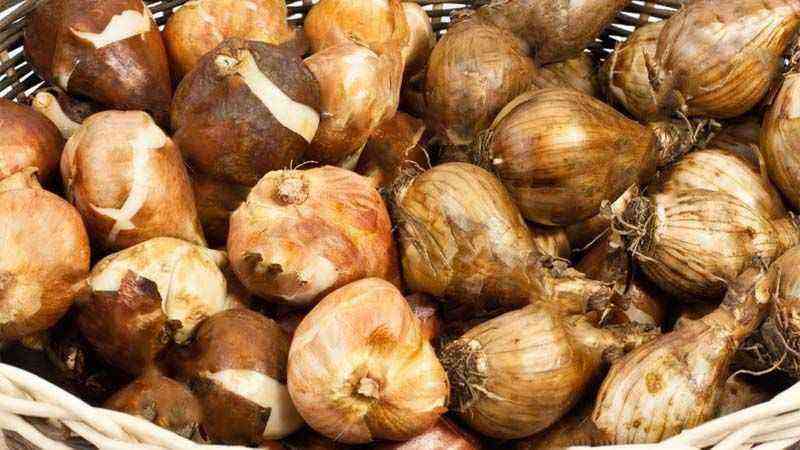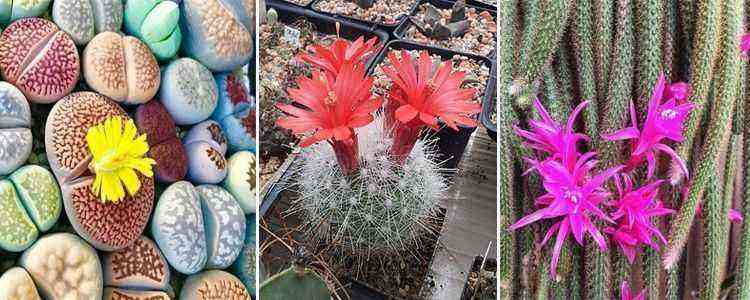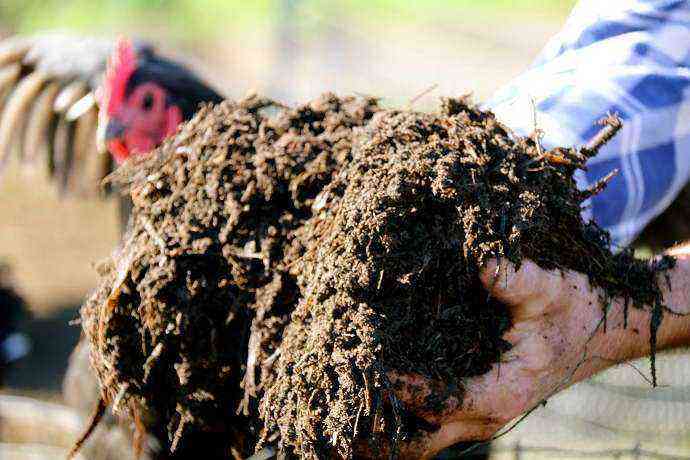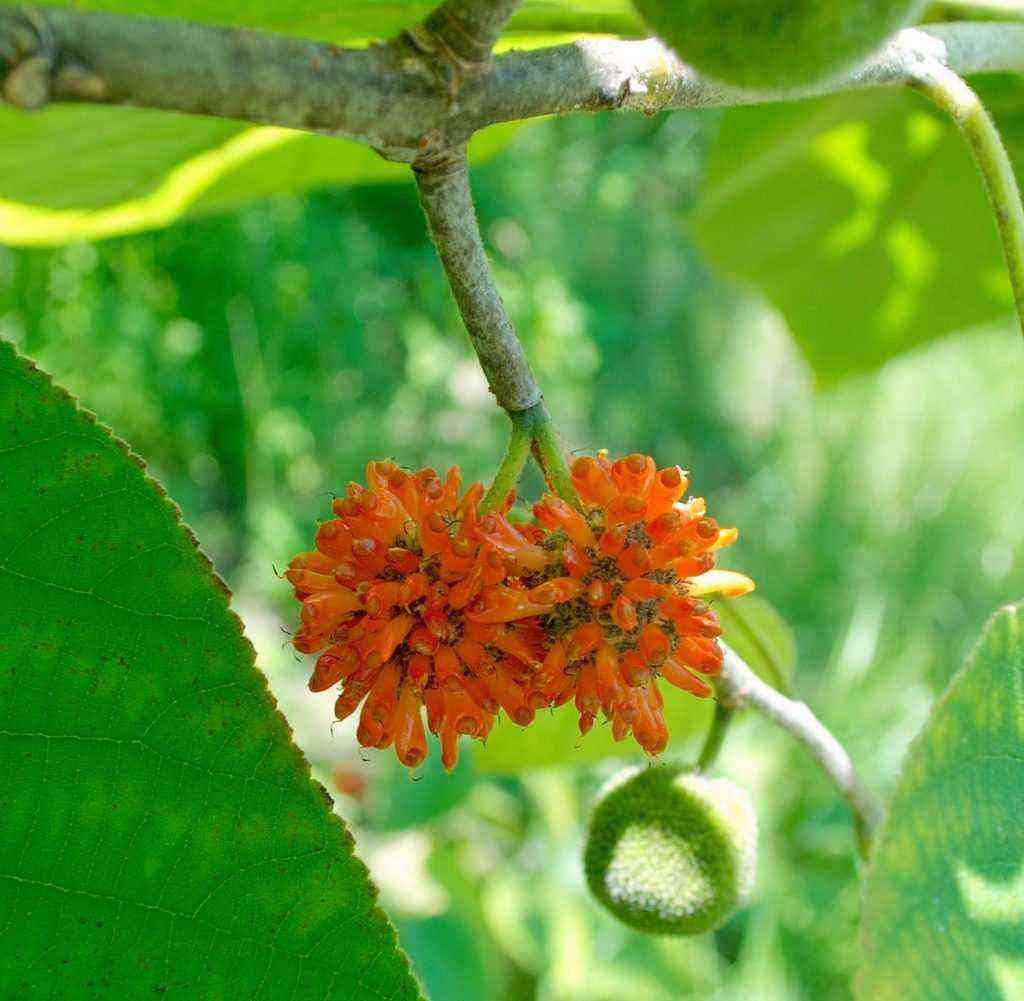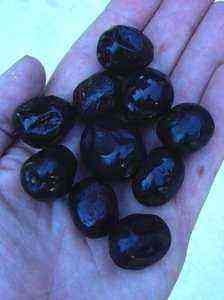Today we are talking about a flower that is known, not so much for its ornamental appearance as for being part of the flower remedies known as Bach flowers. Apart from the therapeutic fame that precedes him, the gender Mimulus composes more than a hundred species, of which some like Mimulus cardinalis o Mimulus lewislii, they are excellent ornamentals for shady and humid gardens.
A short description about Mimulus and the Bach flowers
In Agromática we knew the Mimulus flower earlier for its ornamental appearance than for the fame that Dr. Bach gave it in his flower remedies. Still, if you don’t know what they are, we’ll tell you briefly.
At the beginning of the 100th century, an Englishman, doctor and expert in homeopathy decided to get out of the usual ways of medicine and scientific research known until then, to enter the world of XNUMX% homeopathy and create what is known as the Bach flower remedies.
He himself tested the effects of plants on his body, taking certain risks. He threw himself completely into his own research. From our point of view, we believe that the application of these remedies is quite out of date and we do not want to go into details about their effectiveness because we do not know it.
To this day, much more is known about comestible flowers and all the advantages for our health that they can offer us.
At first we believe it somewhat archaic but we do not have reliable data to throw it to the ground. The information is there, and anyone who wants can look in more detail about Dr Bach and his work.
And all this why?
All this paragraph about him Dr Bach comes to mind because the genre Mimulus of which we speak today, is part of his homeopathic remedy and that is why it may be so well known. According to the study, Mimulus can be used to calm anxiety, certain phobias and help nervous people.
His descriptions of each of the 38 proposed remedies are curious, which, taken as a historical anecdote, are entertaining.
In our case, we are going to talk about Mimulus because it has another quality, in this case ornamental and we are going to tell you a bit how grow it for the garden.
Some features of Mimulus
The genus, as we have already said, exceeds a hundred species with some slack and among them we can find the best known species for ornamental use such as Mimulus cardinalis, Mimulus lewisii, Mimulus glutinosus or Mimules cupreus among others.
There are commercial hybrids with different characteristics apart from those mentioned above. When speaking of Mimulus in a generic way, it is most likely that they are these hybrids.
In this case we are going to talk about those species that prefer shady or half-shaded situations as are the first two that we have put in the examples. Cardinal M. y M. lewisii.
One of the things we can say about these Mimulus flowers is that, although they are not great or spectacular, they also do not go unnoticed and without any doubt, they will be another complement in the garden. They are widely used in flowerbeds, for example, or rockeries.
Growing conditions of Mimulus
Temperatures and exposure
The genus Mimulus usually contains species that like a good exposure, although in the case of these two species that we speak, they are somewhat more tolerant and grow perfectly in environments with a bit more shade and even a little colder. In theory they support -15ºC in winter according to the proposed hardness zones and some species could support -20ºC although it seems curious to us since the rest of the species of Mimulus In general, we must protect them from the winter cold. Question of testing, don’t you think?
Soil and irrigation
In the case of Mimulus, we have to have special attention to the ground so that it develops properly. They have to be floors fluffy, airy, very fertile. Almost almost a soil worthy of a germination seedbed !!!. The usual recommendations to maintain good soil ferility are two fertilizers covering the soil with a good compost 2 times a year, in autumn and in spring especially that is when it will require more nutrients.
Let’s go with the irrigation. Being a species adapted to semi-shady areas, it needs more or less constant humidity. This is where trouble comes in for the forgetful gardener. The best way to water it is with frequent but very little abundant waterings.
Mutliplicación
The easiest is the division during spring, without further complications. If we go to summer then we will have to resort to cutting in somewhat more specific conditions.
Good substrate, mulch and more or less controlled cool conditions. The propagation by seed It is not usual to have the plant already, but if you want to do it, we will need a protected seedbed that we must keep at approximately 15ºC.
If you already knew Mimulus By the Bach flowers, now you know that you have a couple of species for somewhat darker areas of the garden.
